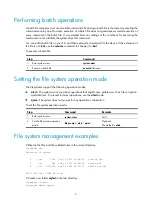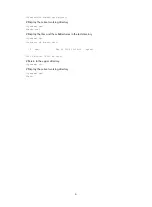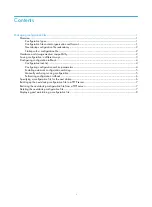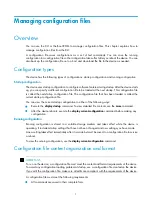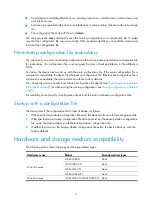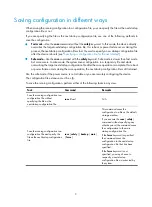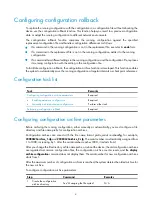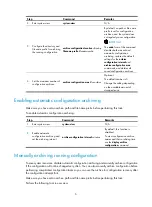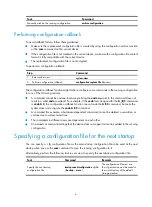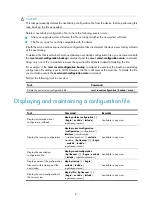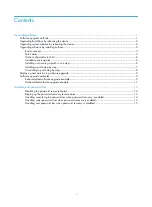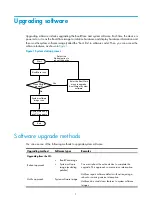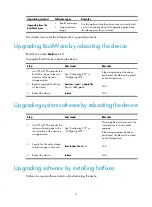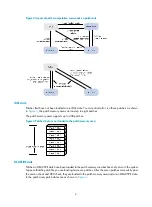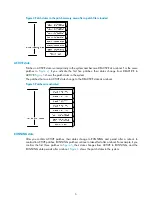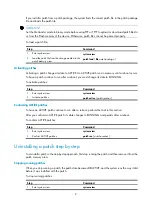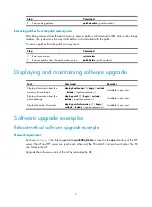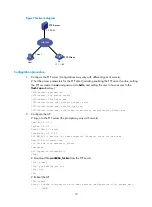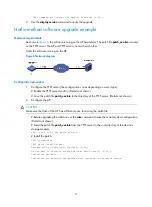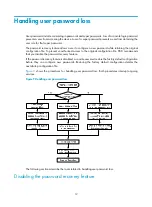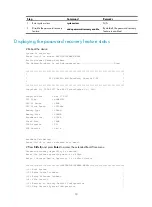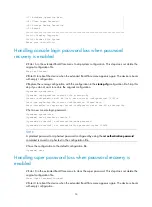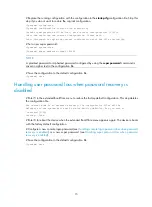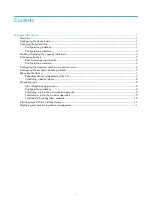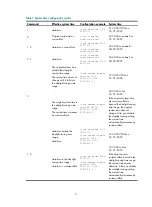
3
Basic concepts
Patch, patch file, and patch package file
A patch fixes certain software defects.
A patch file contains one or more patches. After being loaded to the patch memory area, each patch is
assigned a unique number, which starts from 1. For example, if a patch file has three patches, they are
numbered 1, 2, and 3.
A patch package file contains patch files for multiple modules. It enables you to use one command to
bulk-fix bugs for multiple modules.
Incremental patch
Incremental patches are dependent on previous patches and cannot separately run. For example, if a
patch file has three patches, patch 3 can be running only after patch 1 and 2 take effect. You cannot run
patch 3 separately.
Patches that have been released are all incremental patches.
Common patch and temporary patch
Common patches are formally released to users.
Temporary patches are interim solutions that are provided to fix critical bugs. They are not formally
released.
A common patch always includes the functions of its previous temporary patches. The system deletes all
the temporary patches before loading the common patch.
Patch states
A patch is in IDLE, DEACTIVE, ACTIVE, or RUNNING state, depending on the patch manipulation
command.
Patch manipulation commands include
patch load
(load),
patch active
(run temporarily),
patch run
(confirm running),
patch deactive
(stop running),
patch delete
(delete),
patch install
(install), and
undo
patch install
(uninstall).
For example, if you execute the
patch active
command, patches in DEACTIVE state change to the ACTIVE
state.
shows the patch manipulation commands and how they affect the patch state.
IMPORTANT:
Patch state information is saved in Flash memory in the
patchstate
file. To make sure the device can
correctly find the patches, do not edit, delete, move the file, or change the file name.

